THE RUDDER – HEART OF THE BOAT
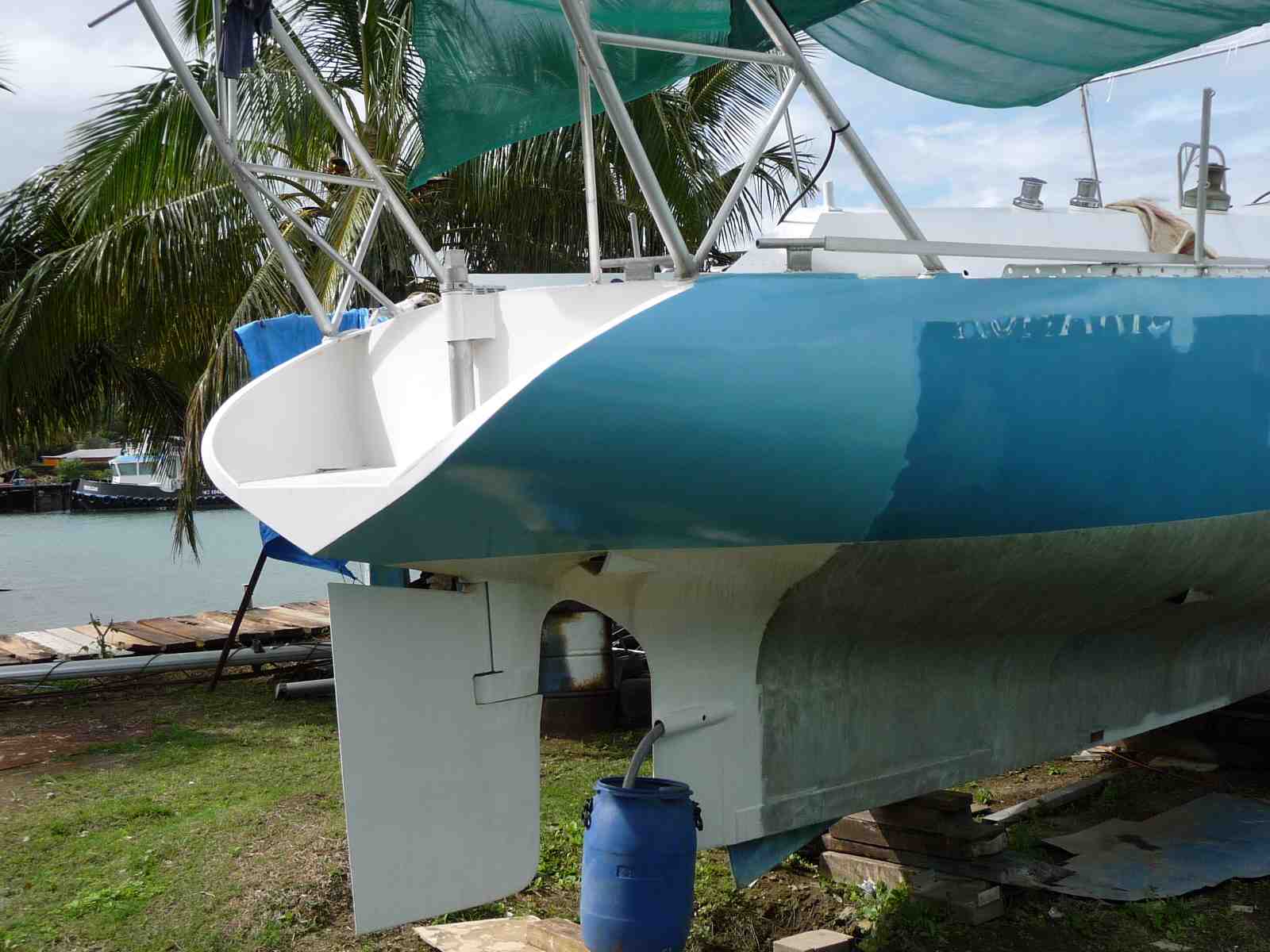 Still banging on about rudders? Really? It’s true. I have lost all shame when it comes to the never-ending subject of rudders. Give me the merest hint of a chance and I’m only too happy to hold forth yet again on what the ideal rudder looks like (ideal for long trips on the open sea, that is).
Still banging on about rudders? Really? It’s true. I have lost all shame when it comes to the never-ending subject of rudders. Give me the merest hint of a chance and I’m only too happy to hold forth yet again on what the ideal rudder looks like (ideal for long trips on the open sea, that is).
 I know how sailors choose to spend their money and while I appreciate that some do eventually appear to take the lessons of their “homework” to heart or fall into line with the exhortations of those experienced speakers on the event circuit, my day-to-day experience in the business tells me that there is still too little attention paid to the rudder, its design and construction and its characteristics. It is like being trapped in an endless loop, somewhat akin, I can imagine, to having teeth pulled while fully conscious.
I know how sailors choose to spend their money and while I appreciate that some do eventually appear to take the lessons of their “homework” to heart or fall into line with the exhortations of those experienced speakers on the event circuit, my day-to-day experience in the business tells me that there is still too little attention paid to the rudder, its design and construction and its characteristics. It is like being trapped in an endless loop, somewhat akin, I can imagine, to having teeth pulled while fully conscious.
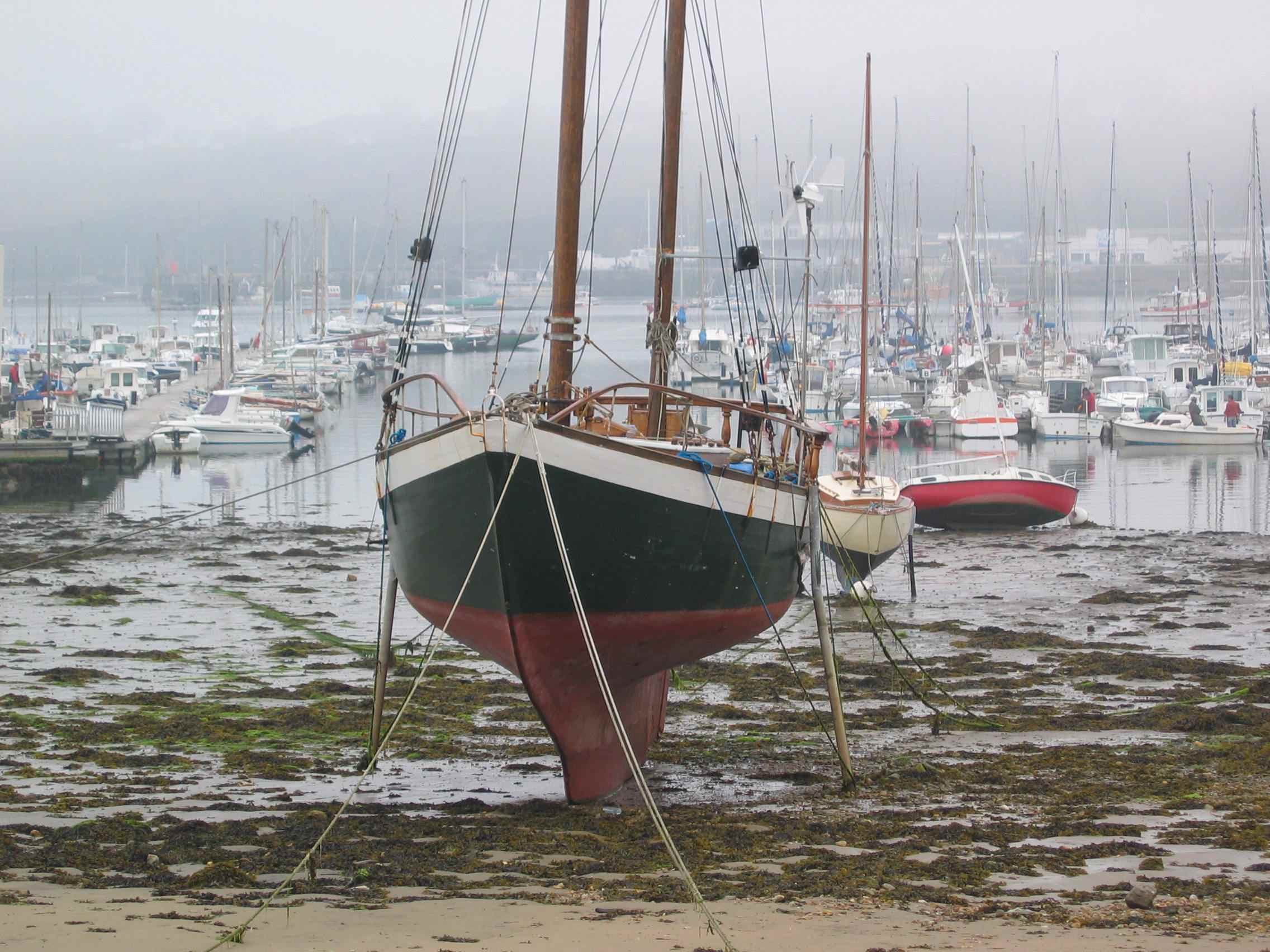
Here, for any latecomers not already familiar with my sermons in the blog (and any who might have dozed off on the back pews), are the relevant lessons for your consideration.
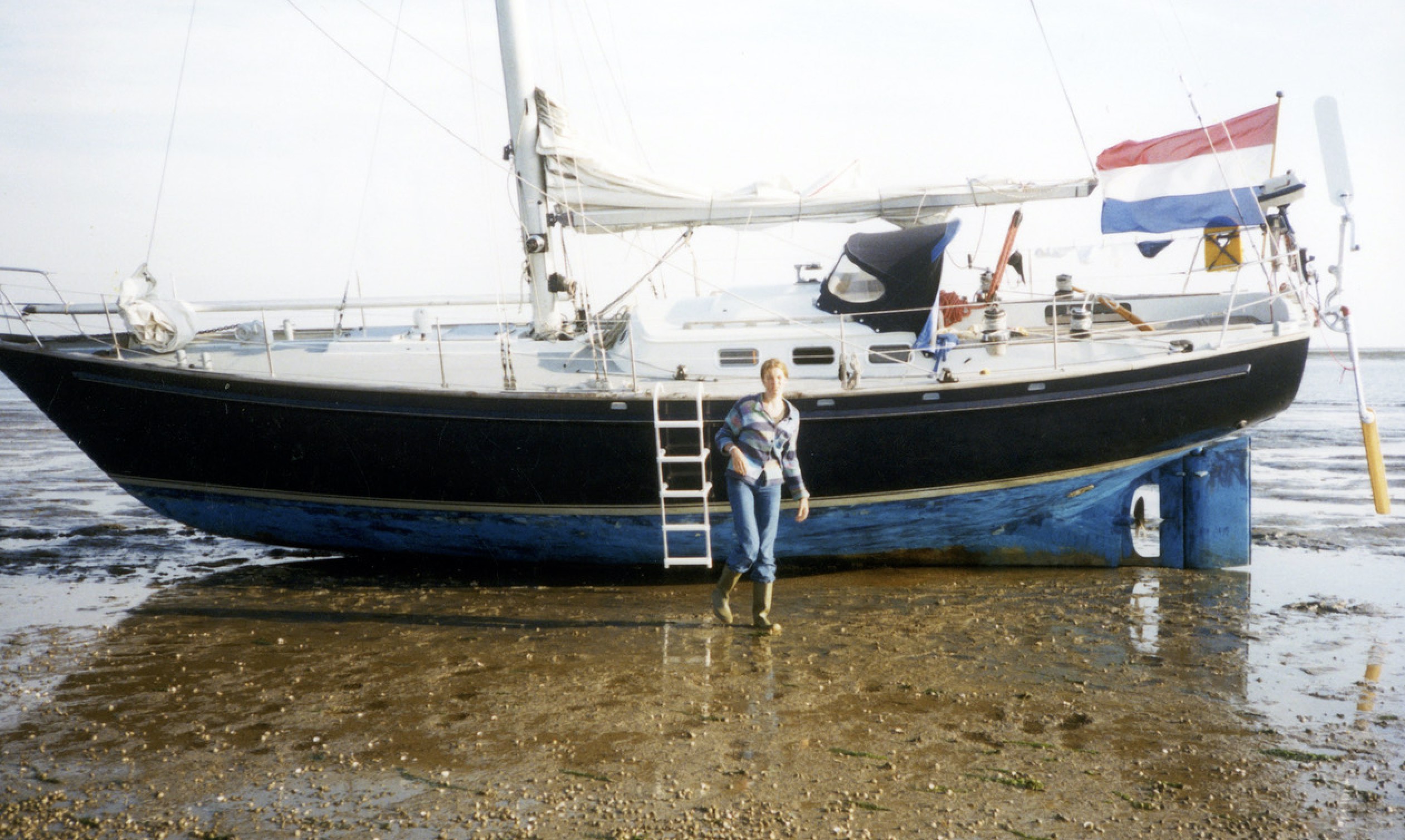
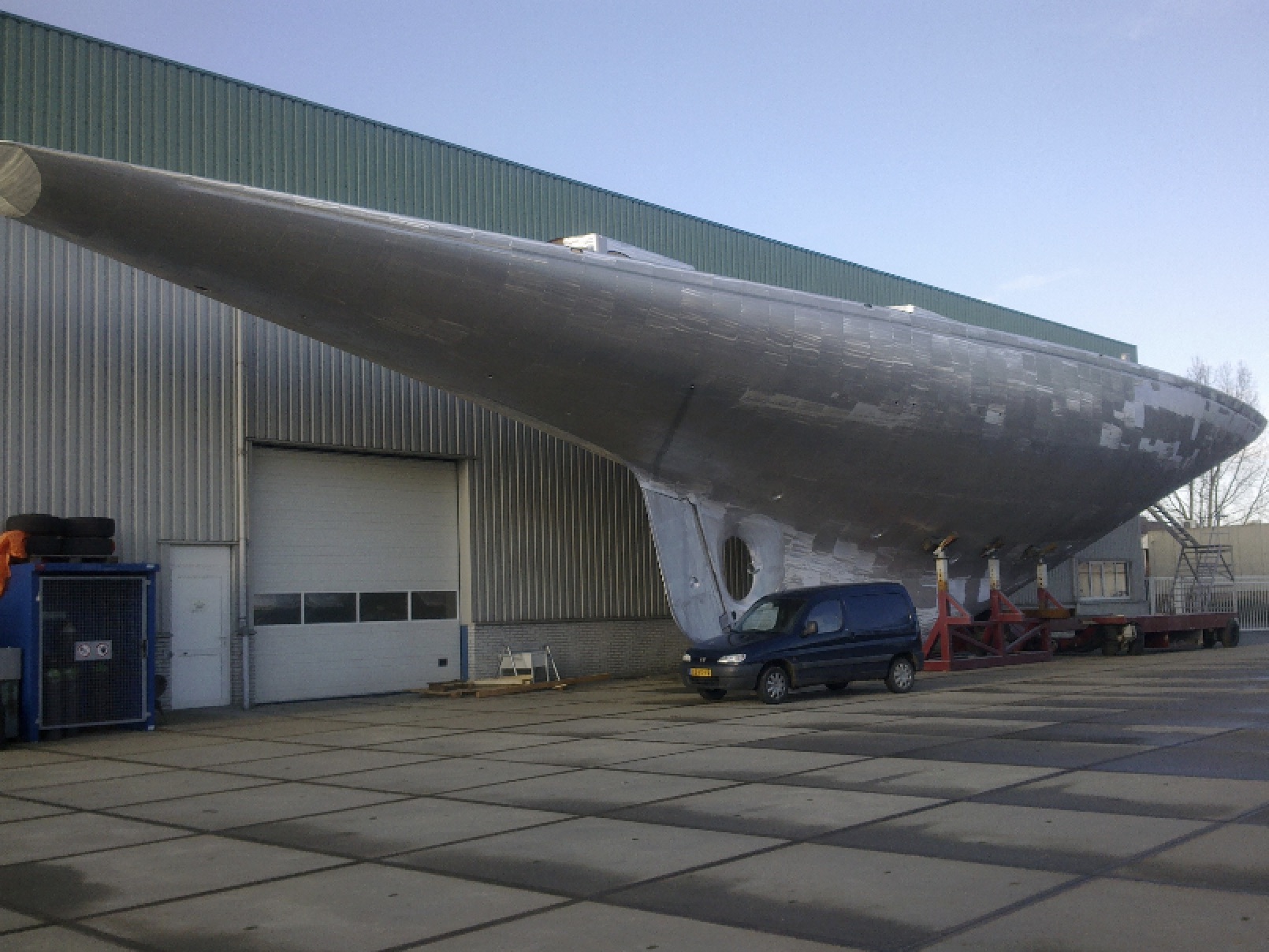
J-Class credit Bloomsma
I’m swimming against the tide (a building tide it seems, with most large-scale manufacturers opting to fit industrially produced spade rudders that can be bought in bulk) but I am as firm in my opinion as ever: unprotected protruding rudders mounted on just a couple of bearings are ill-prepared for incidents at sea because the leverage exerted on the bearings is just too great. That guardian angel will be very busy if the wrong kind of something impacts in the wrong place hundreds of miles from anywhere with that set-up!
A rudder cannot really be considered robust unless it has three bearings, the lowest of which may well be at the end of a skeg so that a grounding event will only damage the bottom of the main rudder and still leave enough to give some meaningful steering.
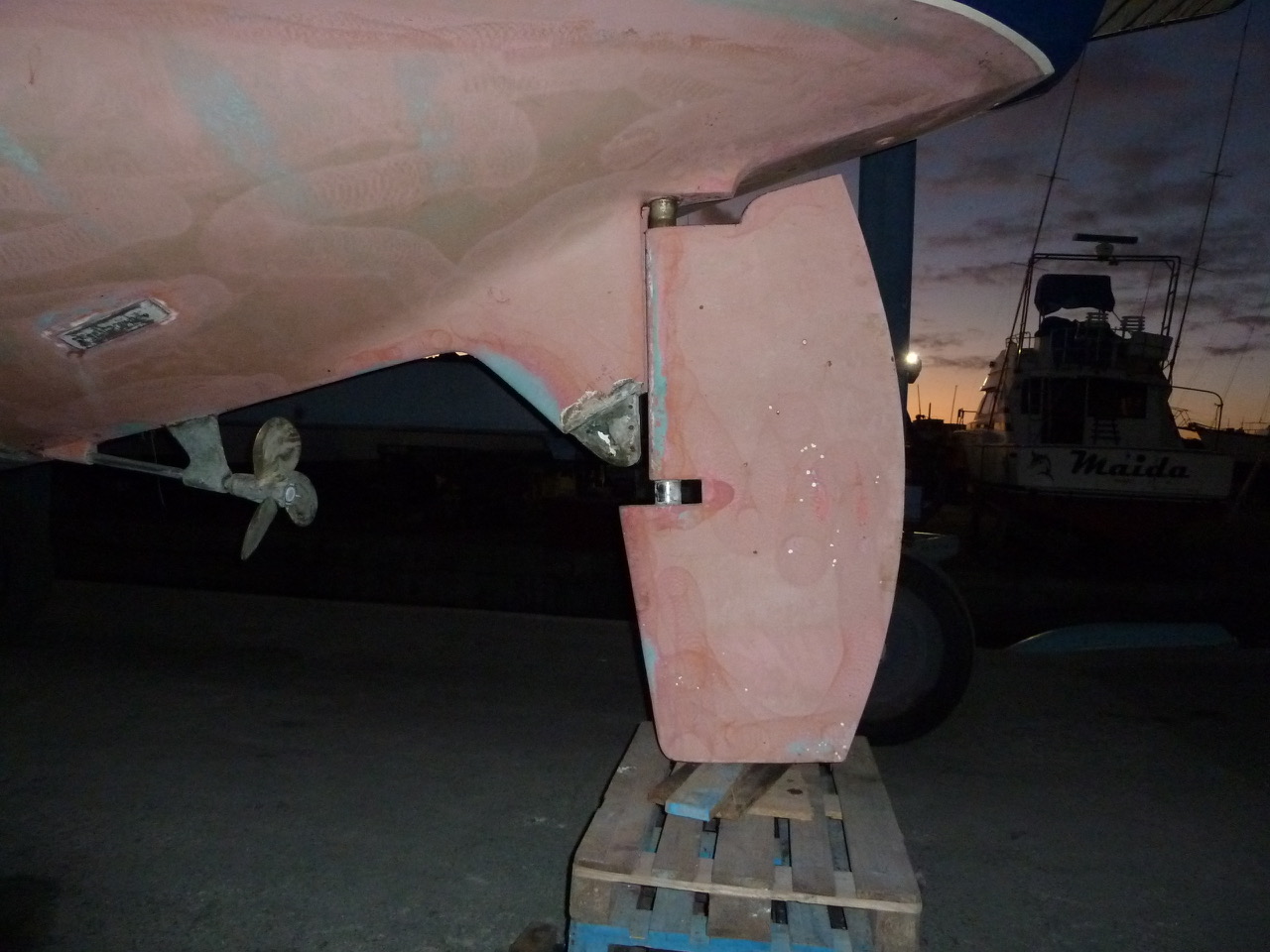
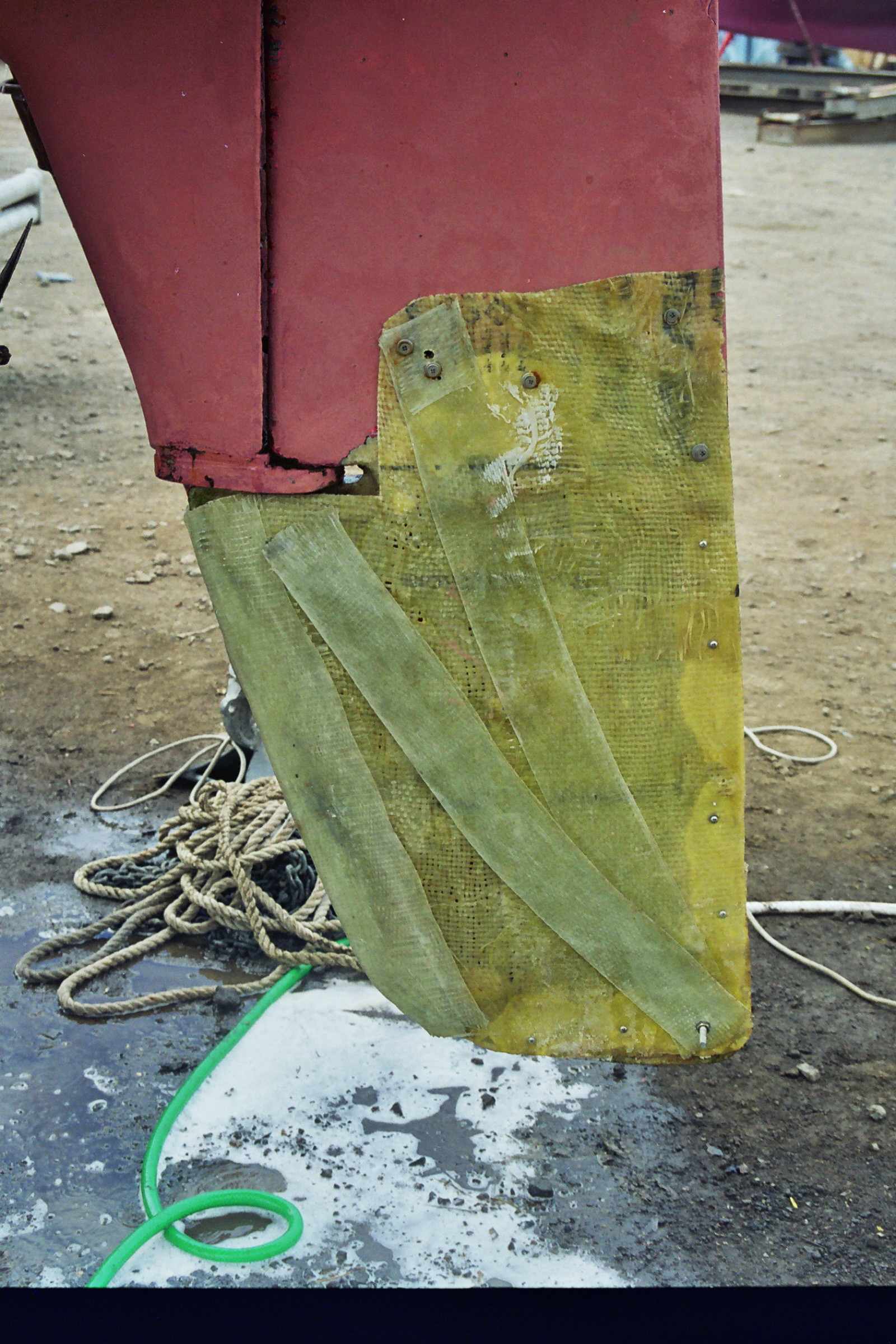
What I have in mind today is not a repeat, a re-run of the litany of long-keelers with keel-hung rudder (which undoubtedly still rank among the best protected rudders of all), but rather a review of a couple of solutions that I suspect may well be new to most. We don’t tend to hear much about these sorts of things in Germany – but it is worth having a look beyond the horizon once in a while just to confirm the Earth still turns.
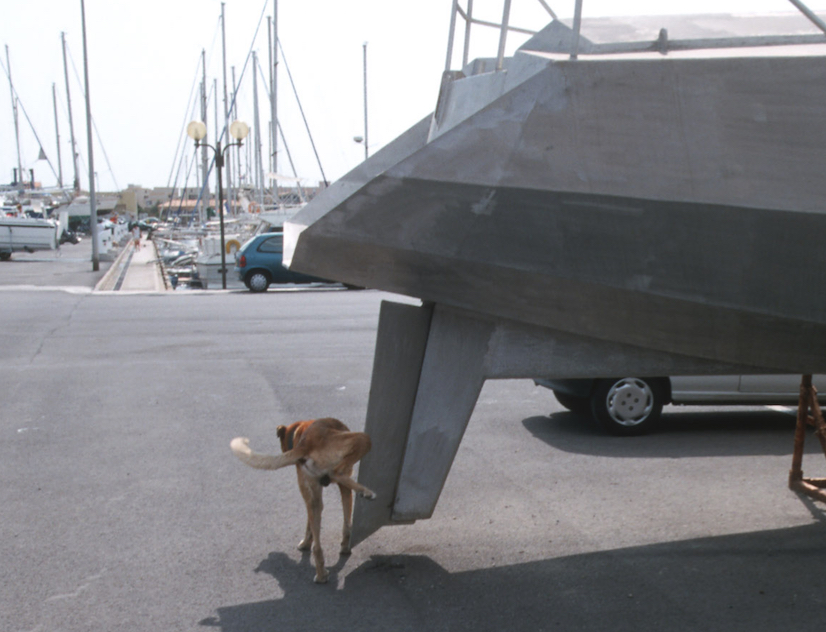 Our neighbours to the West have adopted an unbelievable range of solutions. French naval architects and yards have invested significantly in the development of bluewater boats with a variable draught. The clear market leaders are Alubat, Garcia and Boreal, all of which feature a lifting keel and internal ballast and all of which have amply demonstrated their seaworthiness on countless extreme voyages.
Our neighbours to the West have adopted an unbelievable range of solutions. French naval architects and yards have invested significantly in the development of bluewater boats with a variable draught. The clear market leaders are Alubat, Garcia and Boreal, all of which feature a lifting keel and internal ballast and all of which have amply demonstrated their seaworthiness on countless extreme voyages.
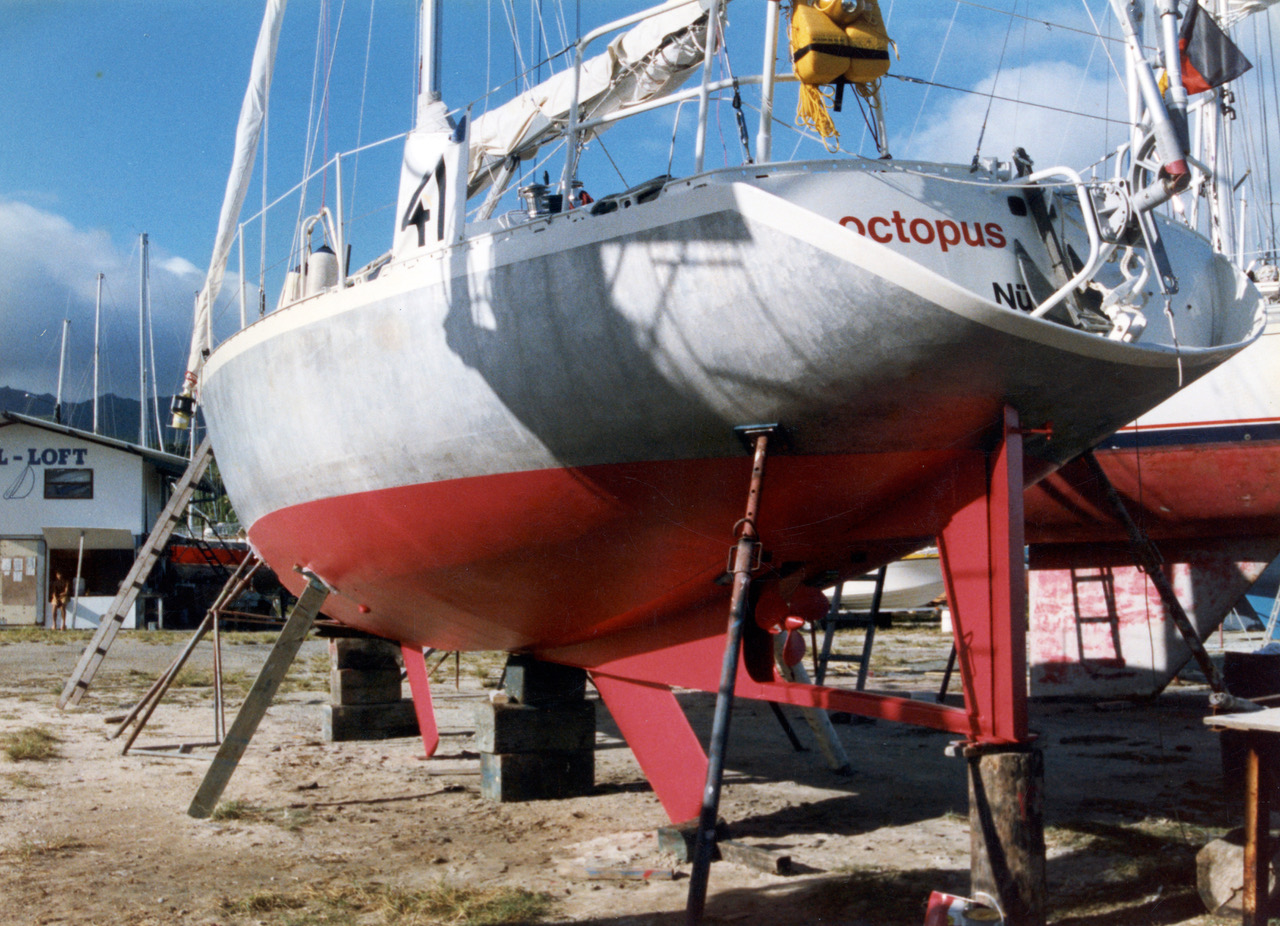 The use of multiple centreboards in pursuit of better trimming options is another particularly French approach.
The use of multiple centreboards in pursuit of better trimming options is another particularly French approach.
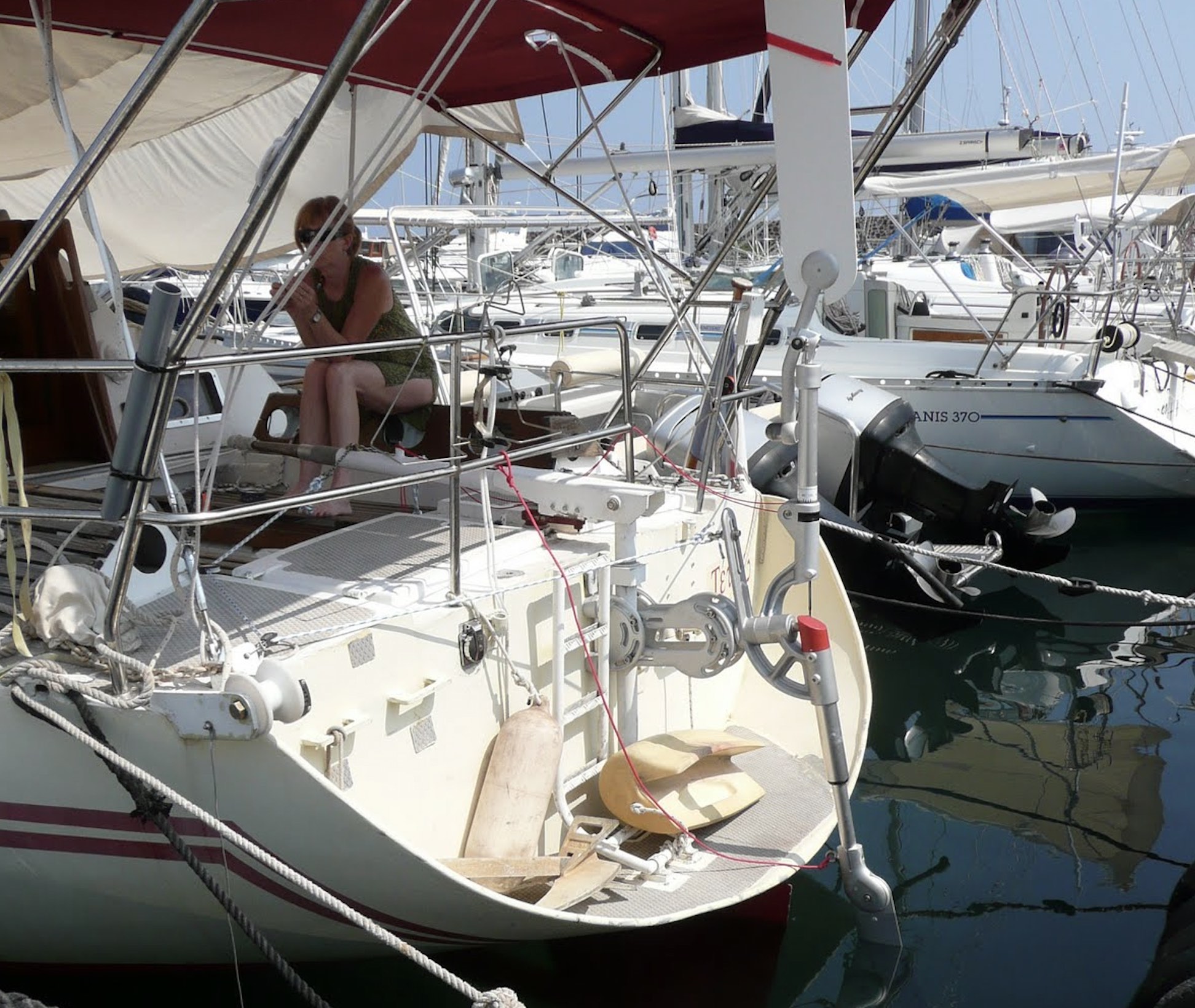
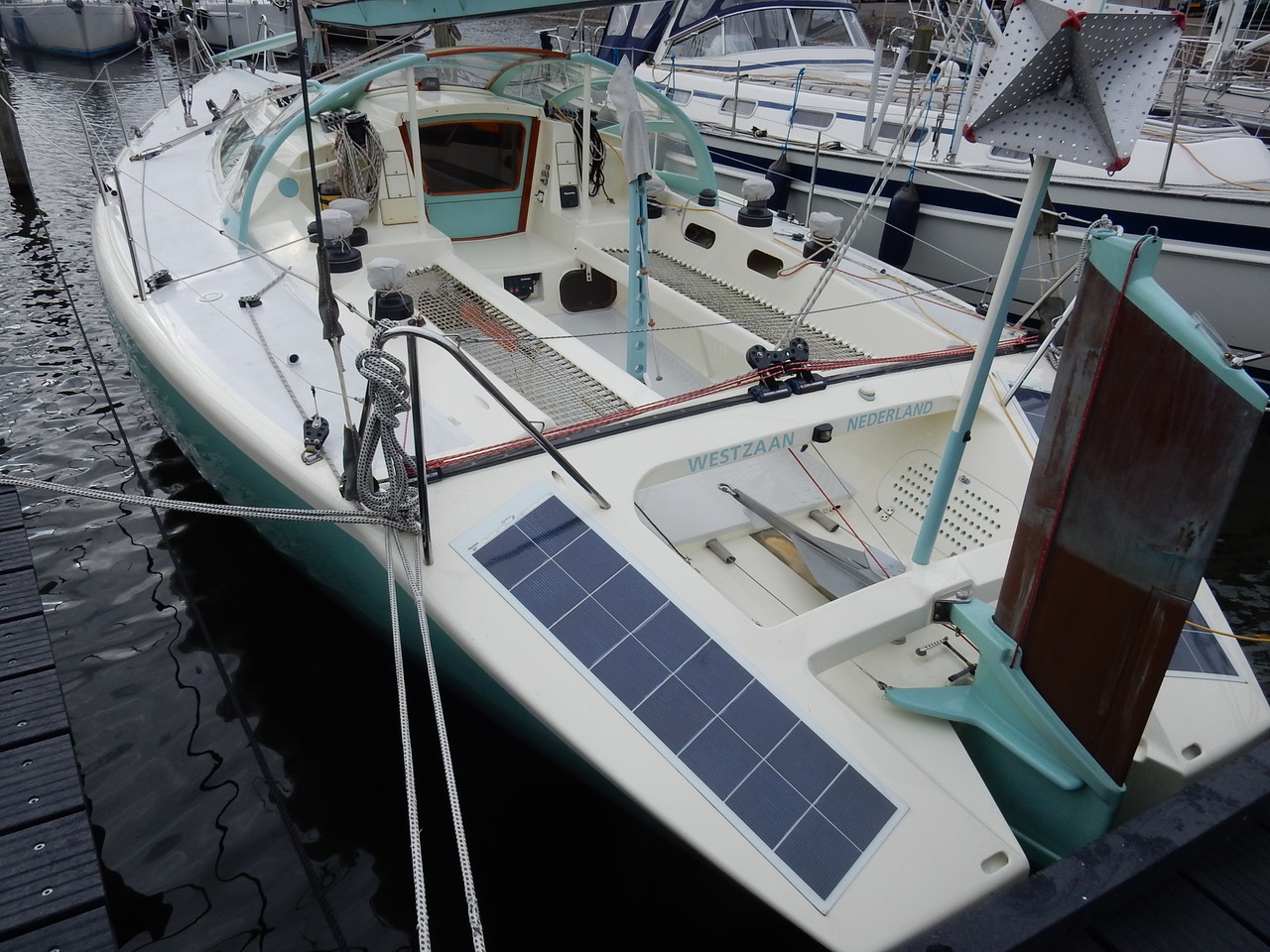
Almost all of the long-keelers we see here in Germany have the main rudder mounted on the keel at an angle (sometimes a quite substantial angle) but there are many, many boats in France – built in steel or aluminium – that have the rudder shaft arranged absolutely vertically, which offers enormous advantages in terms of efficiency plus easy access in the event of damage.
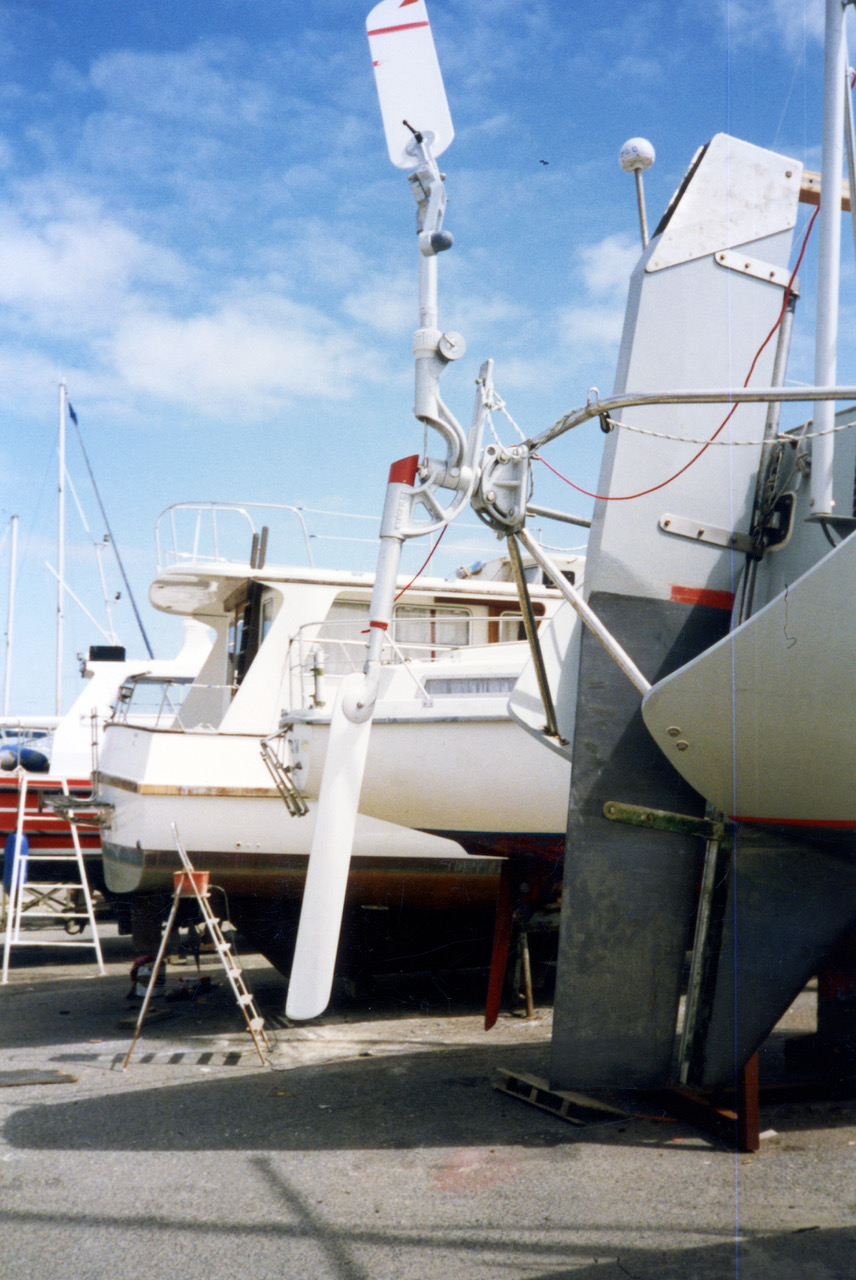
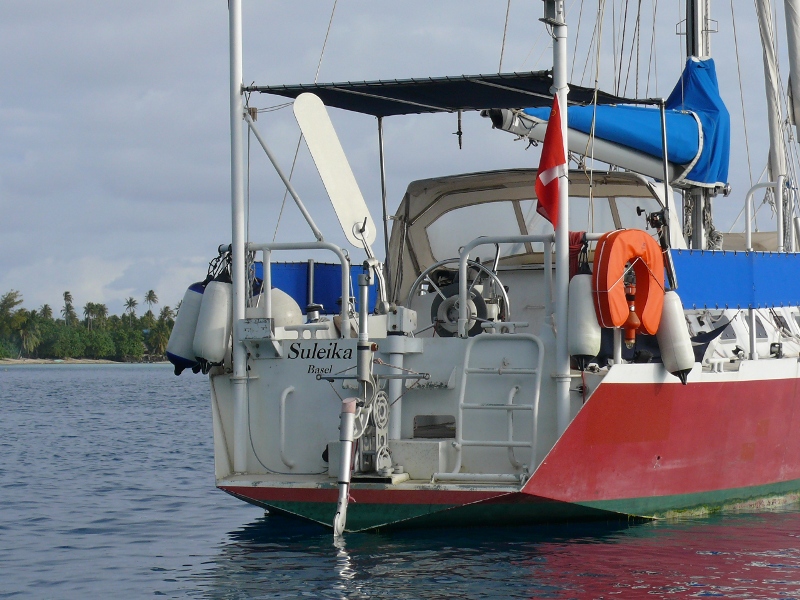
Meta Outre Mer 33
There are also a whole series of wonderful yachts that allow the rudder to be raised as well using a block and tackle: ideal when moving in shallower waters and very handy when the time comes for repairs or even (which bluewater sailors in particular will appreciate) for a quick check-up.
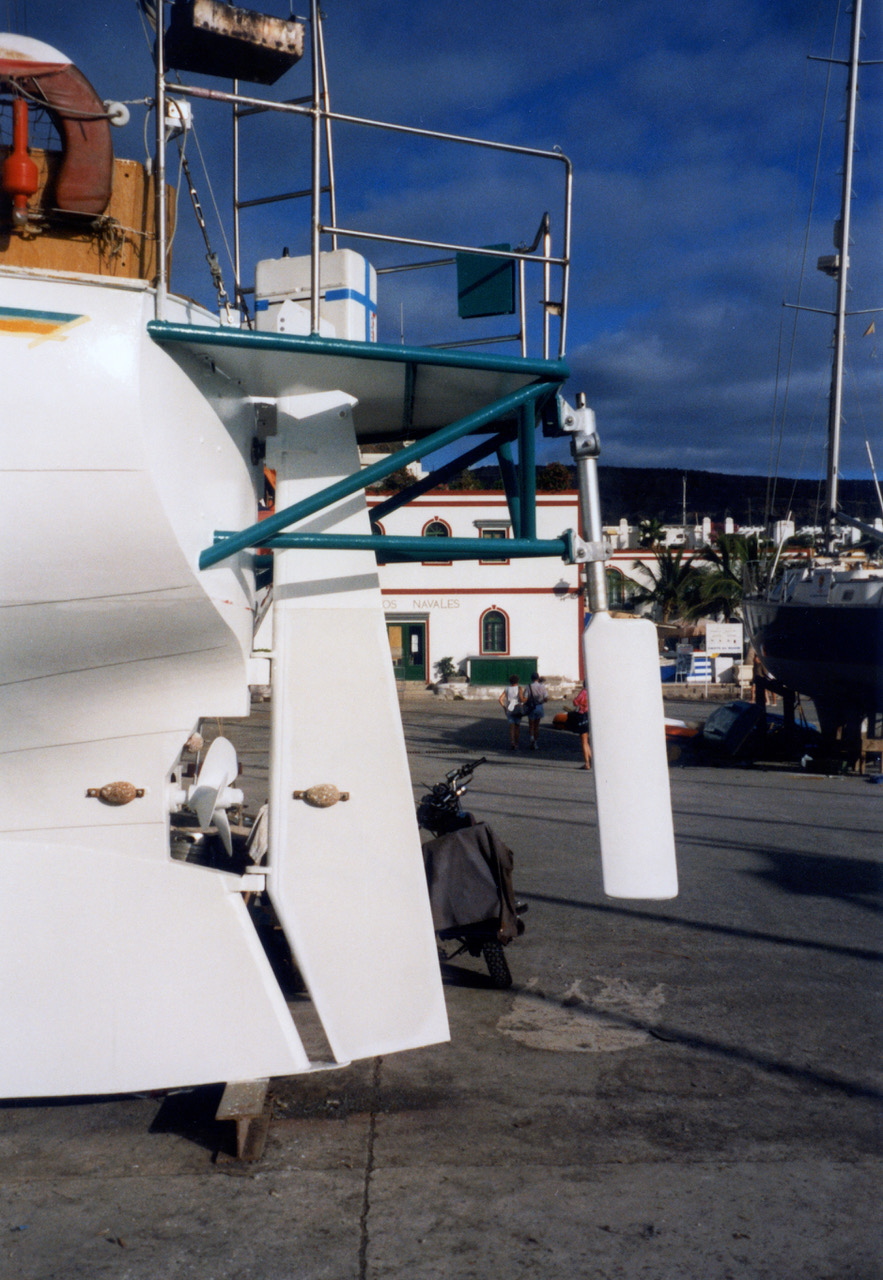
Meta Damien II
I have never wavered in my belief that there is just no room for compromise when it comes to rudder design and construction. When people come along (as happens from time to time) with the idea of making up for their initial planning oversight (their choice of boat, no less!) by fitting a Pacific Plus double rudder system, for example, I think it only fair to level with them: the main rudder will typically have three times the area of the rudder on the self-steering unit, so what good is an auxiliary or double rudder system going to do them if the main rudder has broken off and all of that essential lateral resistance has been lost? The auxiliary rudder, tiny fig leaf by comparison, a homoeopathic remedy of an answer (but with no prospect of any placebo effect) may perhaps provide a modicum of control, but boat and crew will still be in grave peril. Pure folly it is to seek to correct a first misjudgement with a second!
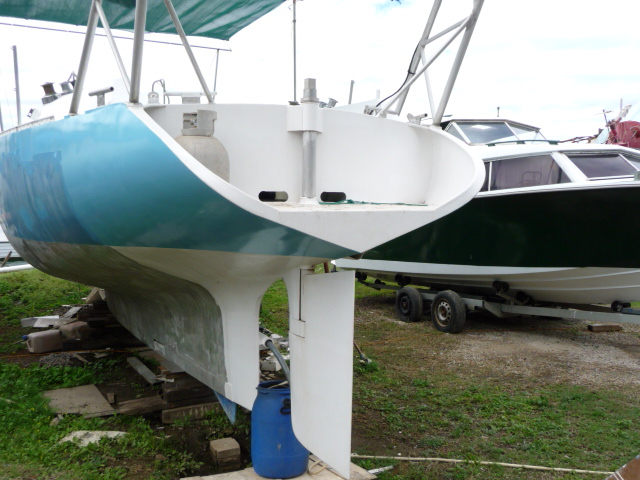 The fact that I have both auxiliary rudder and servo-pendulum windvane self-steering systems in my Windpilot stable means that I can be completely honest with sailors on this sort of issue and can offer them the option that will be best for their needs rather than having to find arguments to win them over to the option that is best for my needs. I allow myself the luxury of a expressing a definite opinion rather than just selling people the first thing they request. Sometimes the path of least resistance would be more profitable in the short term, but the extra effort makes sense in the long run because fine words will never trump the compelling experience of those first few nights at sea and everyone who uses a windvane self-steering system soon comes to understand its strengths and weaknesses anyway, so what point would there be in withholding my own knowledge of the relative merits of the different system types?
The fact that I have both auxiliary rudder and servo-pendulum windvane self-steering systems in my Windpilot stable means that I can be completely honest with sailors on this sort of issue and can offer them the option that will be best for their needs rather than having to find arguments to win them over to the option that is best for my needs. I allow myself the luxury of a expressing a definite opinion rather than just selling people the first thing they request. Sometimes the path of least resistance would be more profitable in the short term, but the extra effort makes sense in the long run because fine words will never trump the compelling experience of those first few nights at sea and everyone who uses a windvane self-steering system soon comes to understand its strengths and weaknesses anyway, so what point would there be in withholding my own knowledge of the relative merits of the different system types?
Or am I barking up the wrong tree here?
15.02.2020
Peter Foeerthmann
15.02.2020
Peter Foeerthmann

































